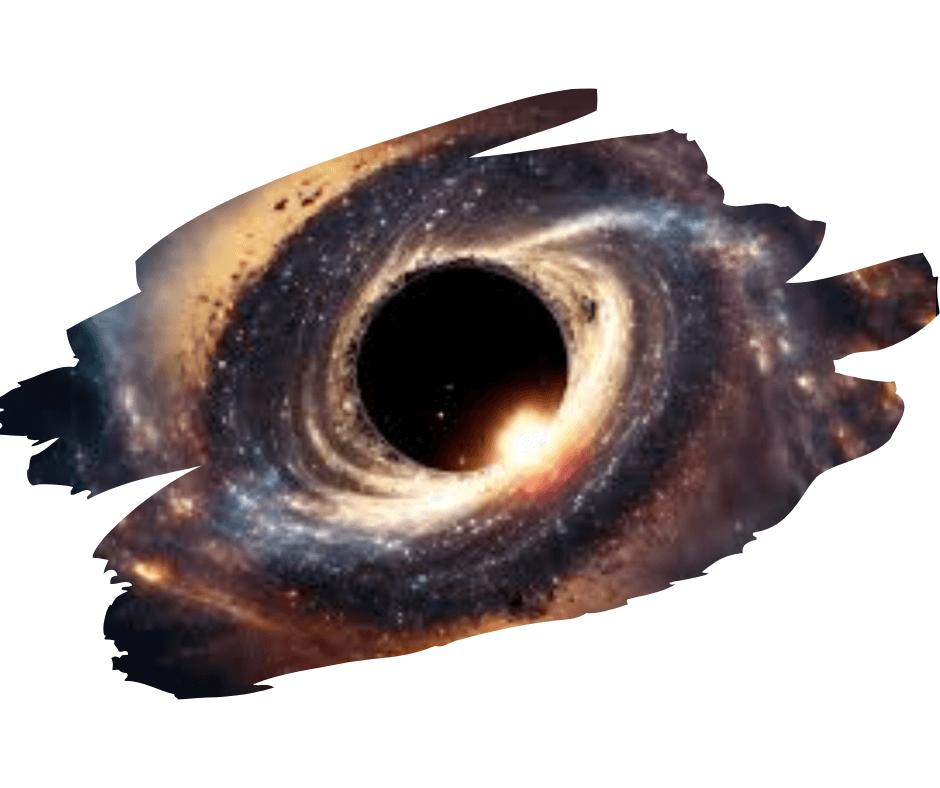Describing Nucleosynthesis –
One of the primary processes that form the cosmos is nucleosynthesis, the cosmic alchemy that creates elements.
Nucleosynthesis creates the elements making up everything we see around us, from the primordial fireball of the Big Bang to the blazing cores of stars.
This article examines the different forms of nucleosynthesis and their importance in the vast scheme of the universe.
Big Bang Nucleosynthesis
Big Bang nucleosynthesis marks the beginning of element creation. During the earliest minutes of the universe’s existence, when temperatures and densities were incredibly high, this process occurred.
Protons and neutrons collided and fused to create the lightest elements, hydrogen, helium, and trace amounts of lithium and beryllium, during this brief period.
Thus, the initial makeup of the cosmos was fixed, with most matter consisting of hydrogen and helium.
At a temperature of nearly one billion degrees Kelvin, nuclear reactions occurred rapidly. As the universe cooled and expanded, these reactions slowed down, stopping further fusion and leaving a universe mostly made of helium and hydrogen.
Stellar Nucleosynthesis
Stellar nucleosynthesis occurs in stars, which form as matter is drawn together by gravity as the cosmos cools and expands.
Nuclear fusion events inside stars change lighter atoms into heavier ones. Hydrogen burning is the first step in this process, where protons in hydrogen nuclei combine to generate helium.
Proton-Proton Chain and CNO Cycle
In stars like our Sun, hydrogen burns through the proton-proton chain reaction. This process includes various steps, creating deuterium, helium-3, and ultimately helium-4.
In more massive stars, hydrogen burns via the carbon-nitrogen-oxygen (CNO) cycle, where carbon, nitrogen, and oxygen function as catalysts.
Advanced Burning Stages
When the hydrogen in its core runs out, a star starts burning helium, fusing helium atoms to produce carbon and oxygen. Stars with more mass undergo advanced burning stages:
- Carbon Burning: Produces elements such as neon, sodium, and magnesium.
- Neon Burning: Produces oxygen and magnesium through neon fusion.
- Oxygen Burning: Produces silicon, sulfur, and other elements.
- Silicon Burning: Produces elements up to iron.
At each step of stellar nucleosynthesis, the star’s core accumulates heavier elements, leading to a dramatic culmination of its life.
Supernova Nucleosynthesis
Supernovae, awe-inspiring explosions, occur when big stars run out of nuclear fuel. These cataclysmic events are essential for nucleosynthesis beyond iron.
Supernovae produce elements heavier than iron, such as gold, uranium, and platinum, through rapid nuclear reactions enabled by extremely high pressures and temperatures (billions of degrees).
Supernovae Types II and Ia
- Supernovae of Type II: Massive stars’ core-collapse supernovae contribute to the r-process, quickly absorbing neutrons to create atoms heavier than iron.
- Type Ia Supernovae: These thermonuclear supernovae occur when white dwarf stars explode, yielding substantial amounts of nickel and iron.
These newly created elements then disperse throughout space, providing the raw materials needed for future stars, planets, and life.
Methods of Capturing Neutrons
While supernovae are essential for heavy element synthesis, other mechanisms aid nucleosynthesis. Neutron capture processes, such as the s-process and r-process, involve adding neutrons to atomic nuclei.
The S- and R-Processes
- S-Process (Slow Neutron Capture): Occurs in aging asymptotic giant branch (AGB) stars, gradually absorbing neutrons over extended periods to create heavier elements like lead, barium, and strontium.
- R-Process (Rapid Neutron Capture): Takes place in harsh environments with strong neutron fluxes, such as supernovae and neutron star mergers, rapidly creating very heavy elements.
Neutron Star Mergers
Recent observations and models suggest that neutron star mergers are a major site for the r-process, responsible for producing many of the universe’s heaviest elements.
These events’ strong gravitational fields and high neutron concentrations enable rapid neutron captures.
The Chemical Evolution of Galaxies
Heavier elements released into the interstellar medium by stars and supernovae benefit future generations of stars and planets.
By examining the distribution and quantity of elements in galaxies over time, scientists gain insights into nucleosynthesis and star formation history through chemical evolution models.
Variations in Isotopes
Nucleosynthesis produces both radioactive and stable isotopes. Analysing isotope abundances helps understand nucleosynthesis evolution in various astrophysical settings.
Cosmic ray spallation, where interstellar matter collides with cosmic rays, produces light elements like boron, lithium, and beryllium.
Current Studies and Findings
Observatories and telescopes, such as the Hubble Space Telescope and ground-based observatories, provide information about element abundances in stars, supernova remnants, and distant galaxies.
Advances in computer astrophysics enable precise simulations of nucleosynthesis processes, enhancing our understanding of how elements are produced and distributed in the cosmos.
Unconventional Nucleosynthesis Mechanisms
- Pair-Instability Supernovae: These incredibly rare supernovae synthesize a unique mix of heavy elements in very large stars through explosive nucleosynthesis.
- Neutrino-Induced Nucleosynthesis: Neutrinos can modify the routes involved in nucleosynthesis in supernovae, particularly in synthesizing certain isotopes.
The Universe’s Importance of Nucleosynthesis
Nucleosynthesis is the story of cosmic development and the emergence of diversity in the universe.
Without nucleosynthesis, the cosmos wouldn’t have the elements needed for planet formation, life, and the complex chemistry that makes our world what it is.
The elements composing everything we know formed in the furnaces of stars and were shattered by the supernovae that destroyed them.
Understanding nucleosynthesis helps us learn about galaxy development, star evolution, and the universe’s transformation over time.
It connects the very large—stars and galaxies—with the extremely small—particles and nuclei. This cosmic alchemy, demonstrating the universe’s fundamental interconnection, remains an active research subject.
To sum up, nucleosynthesis is the amazing process that produces all elements, from the lightest metals to the most basic hydrogen atoms.
It is evidence of the universe’s dynamic and ever-changing character, a process that transforms the commonplace into the remarkable and the basic into the complex.
The universe creates its tapestry by incorporating the elements into existence through nucleosynthesis.
Wanna Explore More Articles?

Black Hole
Black holes, regions of intense gravity from collapsing stars, trap everything, including light, captivating scientists.
Microsoft Outage
A major Microsoft outage disrupted services globally, affecting Azure, Teams, and Office 365, due to a CrowdStrike Falcon glitch.

Not Satisfied with these?
Visit the Category Page and Select the category you want.
The Page “Reading Zone” is the property of Paraworld.in, any activity against our Privacy Policy will be punishable.

This article actually contains in depth details about nucleosynthesis. Burning Stages is explained properly and loved it.
You absolutely know how to keep your readers interest with your witty thoughts on that topic. I was looking for additional resources, and I am glad I came across your site.
It is a pleasure to read this weblog, thanks to its up-to-date information and interesting posts.